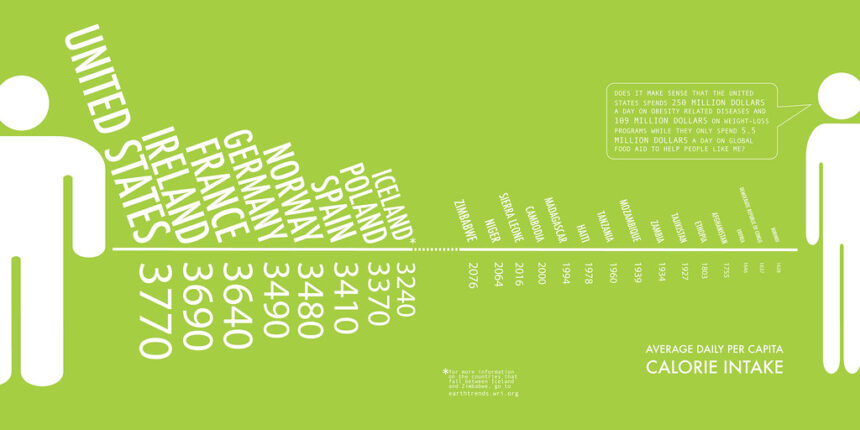The University of Birmingham has released a new study that shows the United Kingdom’s discourse about irregular migration is a battlefield of numbers, stereotyping, and political maneuvering.
This study, The narrative construction of migrant irregularity in the United Kingdom : Representation and narratives in Media, Politics, and Civil Society, examines how media, politicians, and advocacy organizations shape public perceptions and policy around migration.
The research, which spans the period 2019-2023, is based on an analysis of 5,987 articles in major UK newspapers, including The Guardian The Times The Daily Mail and The Daily Mirror. It also includes 218 documents from political parties, such as party manifestos and parliamentary debates, 611 texts from civil society, like NGO reports.
The findings are stark: irregular migration, which is often framed as a humanitarian crisis by dehumanising statistics, and a focus on small boats crossings despite the fact that they represent a minority of arrivals.
The study claims that this narrative ignores the realities of life for migrants, reinforces deterrence measures like deportation and offshore processing and shifts the debate to security rather than rights.
This analysis examines the UK’s identity and economic needs as it navigates these narratives. It also explores why they persist and their wider implications.
The numbers that fuel the narrative of migration crisis
Media and politicians focus on statistics to create a picture of a system that is overwhelmed.
The report’s author, Dr. Stefano Piemontese from the University of Birmingham explains.
This fixation on numbers does not just remove the human reality of migration. It reduces people to mere objects in logistic processes of crossings or deportations. This creates an impression of control and measurability in the public’s mind, particularly for a problem that has been framed for years as needing increased regulation.
This study shows how the focus on migrants, especially men, is dehumanising. They are often portrayed as faceless masses, rather than individual people with stories.
Migrant males are often portrayed as young, racialized, and single–a stereotypical portrayal that makes them potential security threats. Women are depicted as vulnerable mothers, or victims of trafficking.
This gendered perspective, which was reinforced in the 5,987 articles that were analysed, intensifies a feeling of fear over empathy.
Small boats can overshadow structural reality
Research shows that small boats are the most popular way to cross the English Channel. However, this only accounts for a minority of irregular arrivals.
The majority of irregular migrants who enter or stay in the UK do so through visa overstays or bureaucratic obstacles, as well as policy changes. These are paths that receive little attention.
Professor Nando Singona, chair of International Migration and Forced Displacement, University of Birmingham, and coordinator of I-CLAIM, has made the following observations.
The debate on migration is skewed towards security concerns, rather than the rights, contributions and integration of migrants.
This focus on the crisis fuels a mentality of panic.
According to the study, an analysis of media and political documents shows that boat arrivals dominate headlines and discussions. This justifies restrictive measures such as the 2023 Illegal Migration Act or the stalled Rwanda Deportation Plans.
In the end, the public narrative ignores structural factors – like long visa processing times or restrictive legal pathways – in favor of emergency response.
Political rhetoric: victims or criminals?
Politicians create a dual narrative that portrays irregular migrants as criminals and victims, a framing which serves multiple purposes.
This study found that political discourse in 218 documents oscillates between the two poles.
The government labels irregular migrants as threats to justify tough policies. They are also portrayed as victims of smuggling rings, which allows them to claim humanitarian intentions.
Piemontese Observations
This dual framing enables governments to position themselves as both tough on migration and humanitarian in their interventions–particularly through deterrence-based policies like deportations and offshore processing.
The rhetoric is used to justify restrictive measures.
The study shows how the political narratives use notions of desirability and deservingness to separate “illegal migrants” from “legal or skilled” migrants.
The conservative rhetoric often combines deterrence – like visa restrictions – with selective openness towards “desirable workers”, shielding skilled immigrants from backlash, while vilifying other.
By conflating refugees with criminals and focusing the public on control, this approach undermines the right to asylum by reducing compassion for refugees.
Media mirrors government lines
Even liberal media outlets often amplify government rhetoric.
The University of Birmingham found that small boat crossings, enforcement, and rights themes were more prominent than structural or legal causes in 5,987 articles across The Guardian The Times The Daily Mail and The Daily Mirror.
The Daily Mail , a paper with a strong security focus, frequently uses dehumanizing terms.
The Times provided a mixture of crisis reporting, policy criticism and still operated within a narrative that was centered on enforcement.
Sigona: “Even critic voices can get trapped.”
The media does not just report, it reproduces state logic.
This echo chamber shapes the public’s perception. The British overestimate the number of irregular migrants and associate them with crime despite contrary evidence.
The Civil Society’s Constrained Counter-narrative
Civil society groups, represented in 611 texts by NGOs, advocacy organisations, and research organizations, push back and highlight migrants’ rights.
Their efforts are often a response to the framing of government and media, rather than setting an agenda.
The study found that economic and humanitarian arguments predominated, but did not challenge the “deservingness framework” underlying.
Piemontese: “They are boxed in.”
Instead of asking why rights are dependent on utility, advocates argue with a logic centered around the state: “Migrants are good to us”.
They are limited in their ability to change the discussion because of this reactive approach.
The migration narrative of today has deep roots. The 1971 Immigration Act based entry on economic value while the 1999 Asylum and Immigration Act tightened up asylum rules.
Brexit has amplified the problem, as the 2020 points-based immigration system favors “skilled migrants” over others.
Foreign-born workers have historically rebuilt Britain after the war and sustain sectors such as healthcare today, but political expediency makes irregularity a scapegoat.
Alternatives to Impact
The consequences of this are severe.
Dehumanising narratives undermine public compassion while policies drain resources – Rwanda deportations for example, remain expensive and unimplemented.
Migrants are in limbo as thousands wait for asylum decisions under dire conditions.
Sigona calls for change:
“Rather than treating irregular immigration as a problem to be solved, we suggest a change in narratives that acknowledges migration as a historical and natural phenomenon that requires an approach that is human-centred.”
Not only should we strengthen borders, but also address visa delays and legal paths.
Mirror of a Nation
The University of Birmingham’s study reflects UK struggles with identity.
The public’s perception of irregular migration is dominated by a tiny fraction of the inflows. It is a crisis based on numbers, boats and fear.
Piemontese: “It is a narrative-trap, sustained by media and political.”
Human costs rise as these voices gain sway and the civil society fights. Rights are curtailed and lives stagnated.
This narrative must be changed to see migrants as individuals and not as threats. The UK is yet to adopt this shift.
The report Irregular Migration in the UK: Dehumanising Narratives Fuel a Crisis Mindset, Finds Report may be updated as new information becomes available






